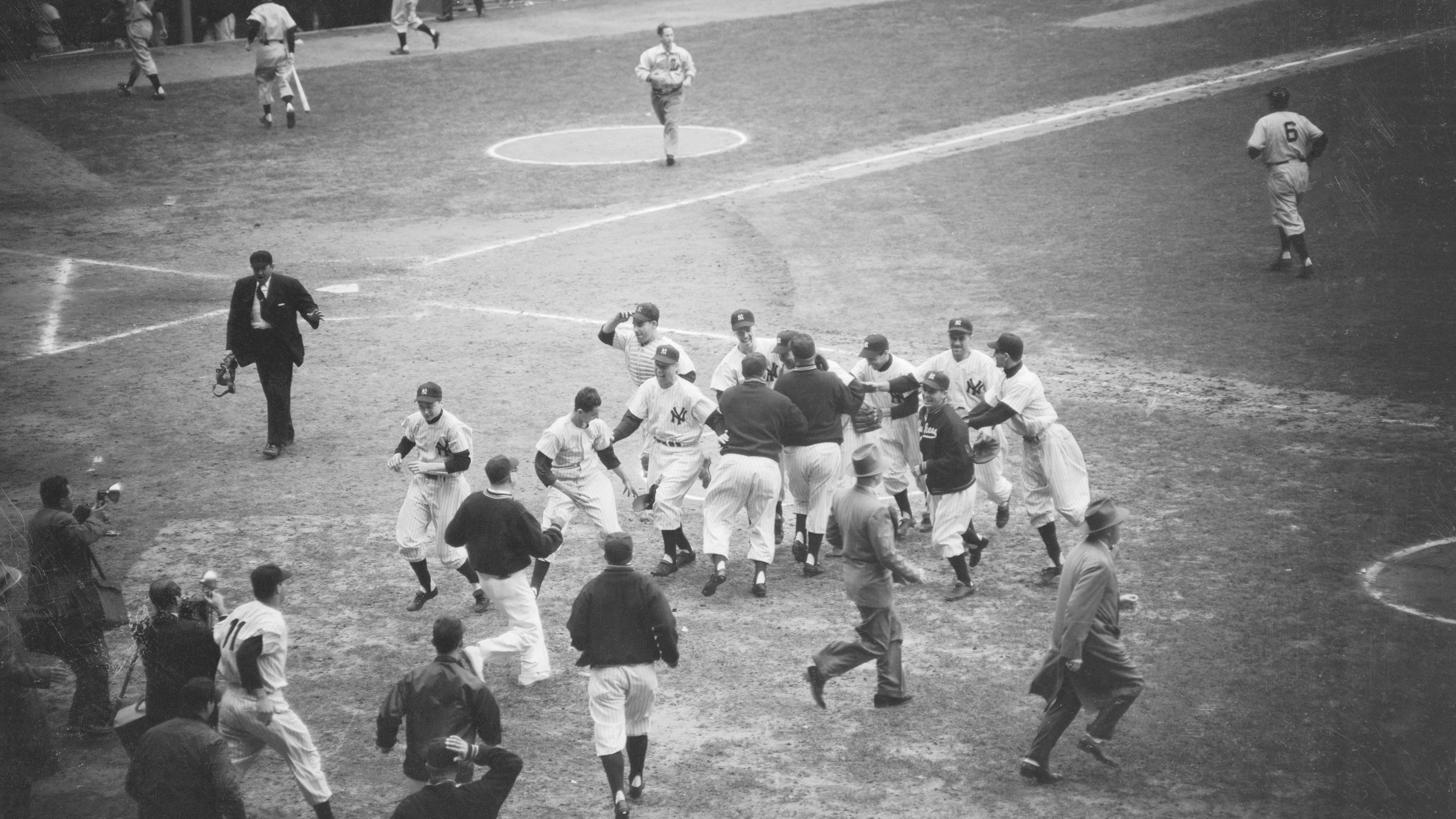
There are no real reasons to expect Roy Halladay, Cliff Lee and Cole Hamels to regress in 2012. The peripherals of Lee and Hamels (walks, strikeouts, home runs allowed) fell in line with their ERAs last year, and in Halladays case, his supporting numbers actually outperformed his ERA. Doc finished with a 2.35 ERA that easily could have been 2.20.
The Phillies know what theyll get from Halladay, Lee and Hamels. These are three pitchers with track records as defined as their pitching identities. Halladay is the craftsman with a killer instinct that supersedes the skill-set of whoever he faces. Lee is the pinpoint lefty who, when on his game, is better than anyone in the sport. Hamels is the ever-evolving stuff guy who transformed from a two-pitch pitcher into one with four weapons.
The question mark is Vance Worley. We spent the majority of 2011 waiting for the other shoe to dropand it never really did. Does that mean we can expect him to roll right along in 2012?
Not quite.
After a complete game in San Francisco in late July, Worley improved to 7-1 with a 2.02 ERA. To that point Worley had a .199 opponents batting average, a strikeout-to-walk ratio of 2-to-1 and only three home runs allowed in 11 starts.
Over his next 10 starts, Worley had a 4.18 ERA in 60 innings, allowing the opposition a .278 batting average. One looks at that and forms the opinion that Worleys numbers regressed to his true talent level. But that isnt exactly the case.
Worleys KBB ratio actually improved over those 10 starts. The 2-to-1 figure from the first 11 starts jumped up to nearly 3.5-to-1. Worley kept getting better, but were a results-based society so we noticed the increasing ERA rather than the 24-year-olds developing process and prowess on the mound.
MLB
How can it be that Worley had a 2.02 ERA with mediocre command through the first 11 starts, then a 4.18 ERA with much-improved command over the next 10?
Two reasons: worse luck with fly balls and a higher line drive rate.
Through 11 starts, Worley allowed three home runs on 180 fly balls. The average home run per fly ball rate is around 10 percent, or one homer per 10 fly balls. Worley was at 1.6 percent, allowing one homer every 60 fly balls.
Worley wasnt drinking a magic potion that made his fly balls die in the outfield. Some pitchers excel at keeping batters off-balance and jamming them, inducing weaker fly balls, but even they dont sustain obscenely low home run per fly ball rates. Remember how good Halladay was his first year with the Phillies? His HRFB rate that year was 11.3 percent.
Sure enough, seven of Worleys next 60 fly balls left the yard to balance out his home run rate.
So that was reason No. 1 for Worleys ERA increasing despite his better command. Reason No. 2 was an uptick in his line drives allowed.
Worley allowed line drives on 18 percent of balls in play through his first 11 starts. In his next 10, it was 26 percent. Line drives are the hardest balls to field because they travel and fall rapidly. Thus, line drives fall in for hits at a much greater rate than grounders or fly balls. Liners are hits, league-wide, about 73 percent of the time. Ground balls go for hits 23 percent of the time.
An eight-percent increase in line drives is significant, and was one of the root causes of Worleys opponents batting average going from .199 to .278.
Despite those added homers and line drives during the second half of Worleys season, we should be confident that he can be a successful major league pitcher moving forward. As mentioned several times, his command only got better as his 2011 season went on. His batting average on balls in play was reasonable, as was his strand rate.
BABIP and strand rate are usually the two telltale signs that a pitcher was lucky andor underperformed despite his ERA. J.A. Happ is the best case in recent memory. Happ's ERAs were always low in Philly despite every other number suggesting they should be high. Look what's happened for Happ in Houston as things have balanced out.
Worley has shown that he can strike batters out. The league will catch up a bit to his two-seam fastball, but even when it does it is very hard for a right-handed batter to pull the trigger when it is running back across the plate. Any successful starter needs a go-to pitch. That two-seamer is a weapon.
Can we expect Worley to finish 2012 with an ERA of 3.01? No. But we shouldnt expect him to have a 4.18 ERA, either. Something between 3.50 and 3.70 is reasonable. Any team would love that production from a cheap fourth starter.
For more statistical musingsfrom Corey Seidman, visit BrotherlyGlove and PhilliesNation.


